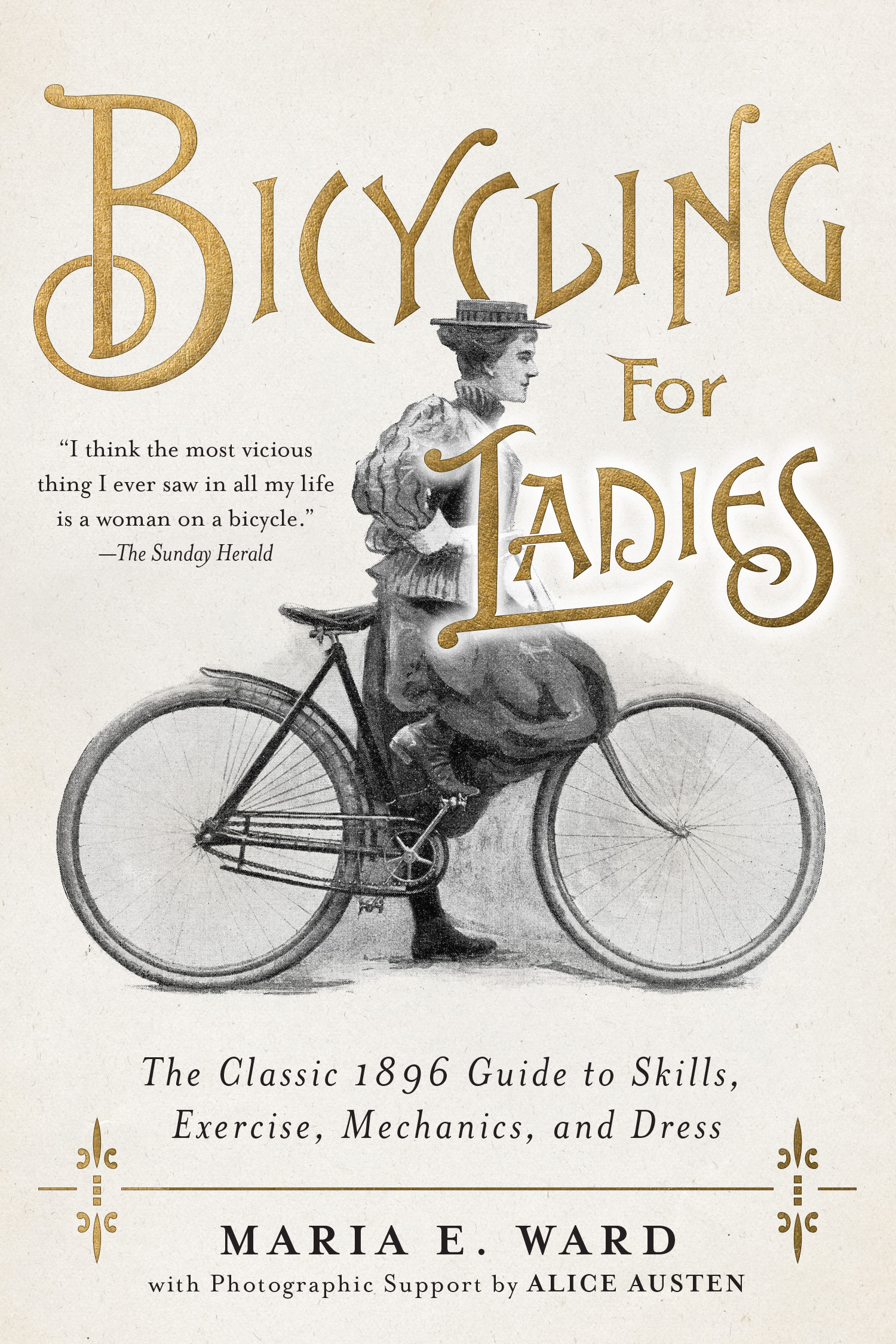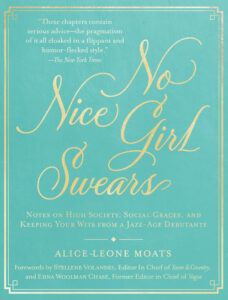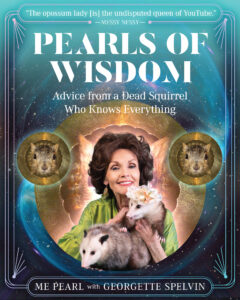Format
Hardcover
Price
$16.99
Publication Date
March 23, 2021
ISBN
9781948062527
Page Count
320
Trim Size
5 X 7.5 inches
Color
36 Black and White Photographs
Printed In the United States
Bicycling for Ladies
The Classic 1896 Guide to Skills, Exercise, Mechanics, and Dress
by Maria E. Ward
Bicycling for Ladies is the trailblazing book that introduced women to bicycling and shocked a Victorian culture on its release in 1896. Today it remains comprehensive and useful, but also celebrates women’s advancement in the sport and offers an inspiring, and amusing, look back.
Maria E. Ward let the social norms and gendered expectations of the nineteenth century eat her dust when she wrote the groundbreaking guide to bicycling for women. In chapters such as Women and Tools, Dress, and How to Make Progress, Ward explains the function of wheels, gears, and spokes, gives instruction on how to safely and efficiently ride, and discusses optimal attire (layers and a stretchy corset, of course).
Ward’s detailed mechanical and physical instruction, paired with helpful images and charts, makes daunting ordeals like hill climbing, navigating traffic, and bike maintenance a breeze. In modern times, when so much is outsourced, automated, and unreliable, Ward’s approach to transportation is refreshing. But while bicycling is rich with health and environmental benefits, male bicyclists still outnumber female riders, most competitive cyclists are male, and women are more likely to report feeling unsafe on a bike. Ward’s text gives women the tools they need to claim their stake of the road. For seasoned cyclists or those just starting out, it is a timeless and relevant directive—ideal for today’s woman who’s ready to take the world by the handlebars.
The photos and instructional images throughout Bicycling for Ladies are the result of a collaboration between Ward and Alice Austen, one of America’s earliest and most prolific professional female photographers. The volume has an elegant new design and is small enough to ride with.
About the Author
Maria E. Ward, known by her nickname Violet, was an avid bicyclist, the cofounder of the Staten Island Bicycling Club, and the author of Bicycling for Ladies. Ward was born in Manhattan, New York, the daughter of General William Greene Ward and Emily Graham Ward, and later lived in Staten Island with her parents and sister. She cofounded the Staten Island Bicycle Club with her friend, the acclaimed photographer Alice Austen, in 1895, and Austen’s photographs were used as references for the illustrations in Bicycling for Ladies, originally published by Brentano’s in 1896.
Ward has been widely celebrated for her contribution to the bicycling world in a wealth of media, including the New York Times article “Bicycle Diaries: Two Centuries of New York City” the Bust magazine article “First The Bicycle, Next The Vote: The Story Of Bicycles,” the book Mothers and Daughters of Invention, and Momentum Mag, which called her one of the three women “who changed the course of history on bicycles.” Ward lived in New York, and died in 1941 at the age of seventy-eight.
Praise for The Art of Taking It Easy
“Bicycling by young women has helped more than any other medium to swell the ranks of reckless girls, who finally drift into the army of outcast women of the United States.” —Women’s Rescue League, 1891
“I think the most vicious thing I ever saw in all my life is a woman on a bicycle-and Washington is full of them. I had thought that cigarette smoking was the worst thing a woman could do, but I have changed my mind.” —The Sunday Herald, 1891
“Over-exertion, the upright position on the wheel, and the unconscious effort to maintain one’s balance tend to produce a wearied and exhausted ‘bicycle face.’” —The Literary Digest, 1895
“Have you ever seen anything more off-putting, uglier, meaner than a wench on a bike, wheezing, her face red like a turkey, her eyes reddened by the dust? What a horror!” —Youth, 1897
“Don’t cultivate a bicycle face.”—New York World, 1895
“Female bicycling must be sharply looked after and care exercised in its indulgence… bicycling is a leading factor in disturbances of nutrition, in neurasthenia, hysteria, chlorosis, dyspepsia, chronic constipation, anemic amenorrhoea, and nervous dysmenorrhoea.”—The Medical Age,November, 1897
“It is a fact that so called bicycle schools do tend to foster immorality to individual members of the sex.” —The Medical Age, January, 1897






